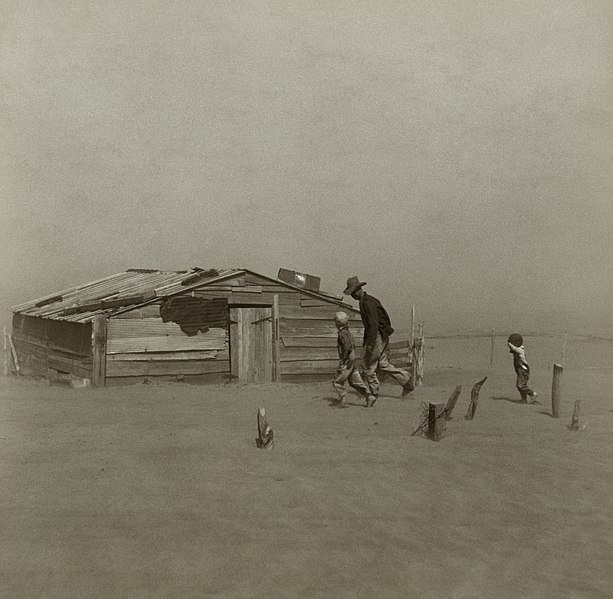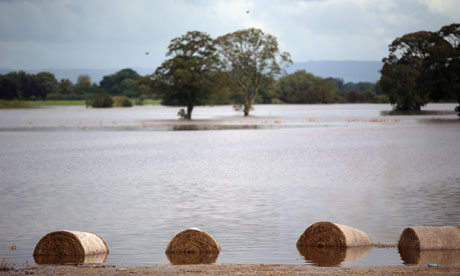Both food and fashion are driven by perpetual ferment, and, not coincidentally, both are open source businesses. Haute couture is ripped off the second it hits the runway, being ripped and remade in hundreds and thousands of sweatshops, to appear in your local Target or WalMart. Food is the same, with spices, recipes, and plating ideas circulating quickly through the culture.
But the nature of the peasant class has changed over the last century. Where it used to be rural-based farmers, it is now urban-based, and, increasingly, minimum waged. Where they used to eat fresh, locally-grown regional dishes, they now eat processed, cheap, convenience foods. In Canada, at least, this new kind of peasant cooking has been given the name "caker" cooking. As Brian Francis describes it in My Caker Journey:
Yup. Sure were. But "caker" is particularly Canadian. As Brian explains in the FAQ, there is a difference between caker and white trash cooking:I don’t remember the first time I heard the word, or the context in which it was said. I didn’t know what a "caker" was, let alone a "mangiacake." It was only years later, when I settled into life with my Italian partner, that the word began popping up more and more.
“What’s a caker?” I asked him once.
“You know,” he replied. “Canadian.”
“But you were born here. Aren’t you Canadian?”
“Yes, but I still consider myself Italian.”
“So then all Canadians are cakers?”
“No. Only the ones who cook with Cheez Whiz.”
I thought back to the years of casseroles I’d consumed, the packets of Dream Whip, the frozen Tater Tots, the Wonder Bread and Ritz crackers. I was raised in the ‘70s within an Anglo Saxon cultural fog. Part Scottish, part Irish, part I-don’t-know-but-does-it-really-matter? Like so many of my friends, I grew up with no sense of Old World traditions. We were, well, Canadians. But we weren’t cakers.Were we?
Caker cooking seems to be uniquely Canadian. White trash cooking is American. White trash cooking is about cheapness. Caker cooking is more about convenience. White trash cooking takes pleasure in its garishness whereas caker cooking is more dignified. Bottom line is that you’ll never see a crown roast made of hot dog wieners on this blog.Judging from what I've been seeing on the Food Network, Discovery Channel, and at Taste of Edmonton a couple of weeks back, caker (and, in the US, "white trash") cooking is providing the inspiration for a new world of haute cuisine. I had a McDonald's Filet o' Fish at Taste of Edmonton; the difference was that it used mahi-mahi, and had been cooked not long before serving in a lighter oil (and less prone to burning) than you would find at a Mickey D's. So too was the mac and cheese; replacing processed American cheese with a locally produced, apple wood smoked cheddar and sprinkled with crumbled apple wood smoked boar bacon on a house-made pasta.
Clearly, these were not industrial food. But equally clearly, they were inspired by industrial food and caker cooking. This is the new peasant cooking, and it is inspiring haute cuisine.
We've been seeing the reverse, as well. Wild mushroom soup is stocked on the shelves of my local market. Good soup, but still an industrial food product drawing inspiration from the work of better cooks.And it also helps extend product lines and increase profits, as per Michael Moss' new book Sugar Salt Fat.
I'm not thrilled by this, of course. A bit appalled, actually. While it is nice to remember that caker cooking can be done well, with local fresh ingredients and the like, I'm not so thrilled that these are the flavours we're pursuing. Industrial food is, after all, the flavours that have lead us down the path to obesity, diabetes and heart failure on a grand scale. And where would we be without the regional cooking styles of, say, Tuscany, or the cheeses of, oh, Parma?



















